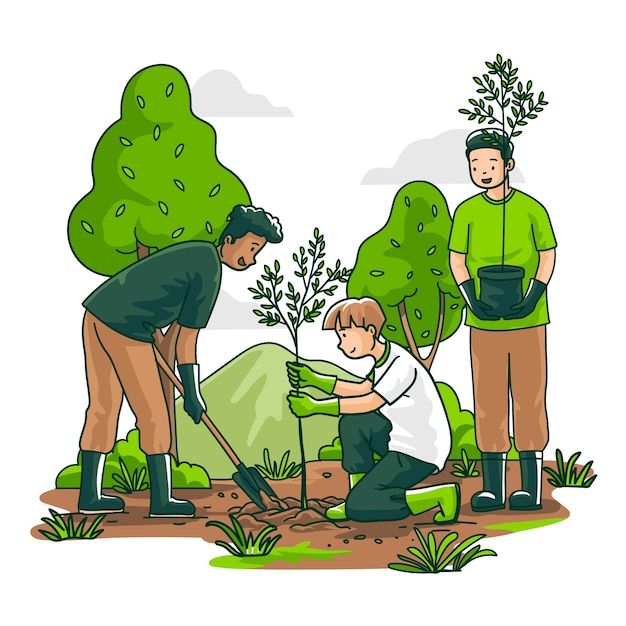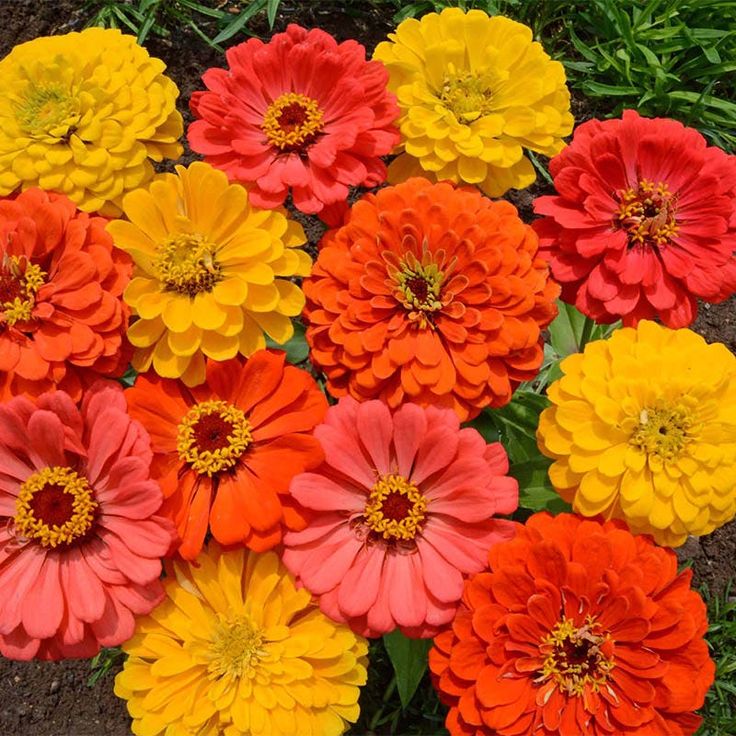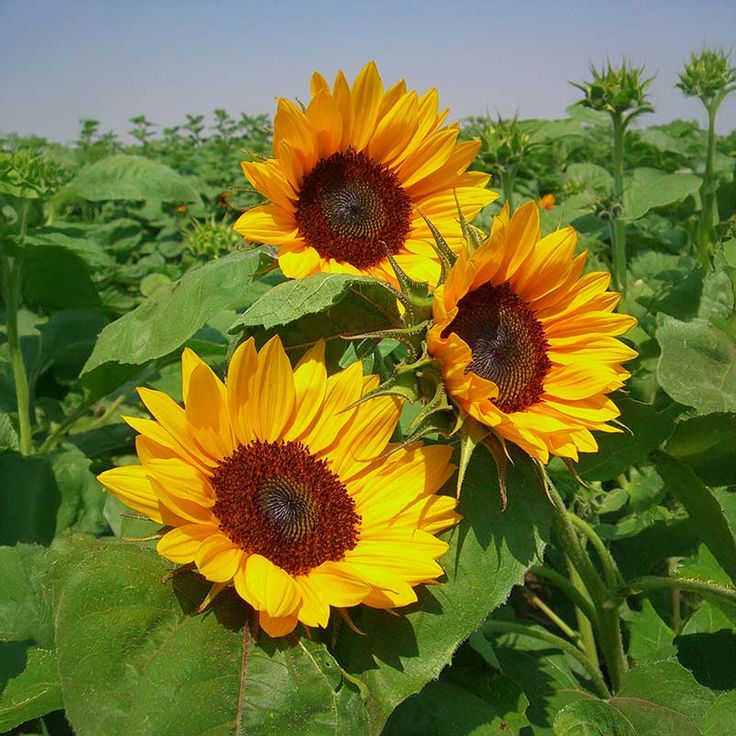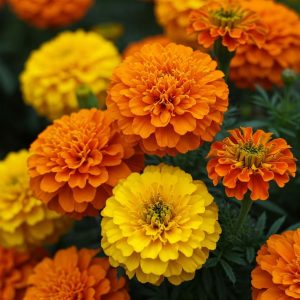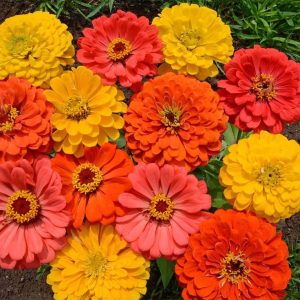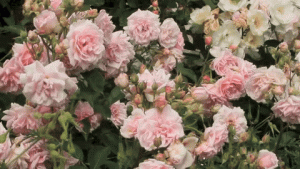“If you look the right way, you can see that the whole world is a garden.” -Frances Hodgson Burnett
Studies show that gardening offers a wide range of health benefits, such as reduction in anxiety, depression, increase in quality of life, and more! Spring has come, perfect weather for gardening. The weather is perfect for plants to bloom. If you are ever thinking of starting a garden, well, now’s the perfect time! Starting a garden can be a bit overwhelming, especially if you’re new. However having a green thumb isn’t necessary; this article it will cover the basics of gardening, and plants that are easy to grow for beginners.
To start off, find a location for your plant to thrive in. Different plants have different needs, so it is necessary to research your desired plant first on light, temperature, and soil preferences. Most plants need 6 to 8 hours of daylight each day, while some thrive in colder environments, so it is important to find a place for your plant to grow. If you are planning to have an indoor plant, having it near a window would allow the plant to get sunlight.
There are many plants that are perfect for spring, with different vegetables to choose from. Spinach, lettuce, broccoli,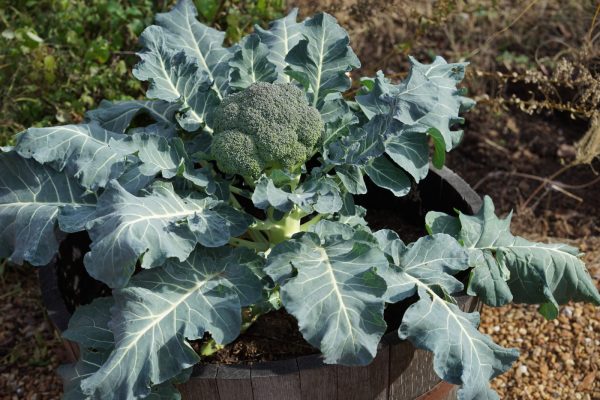 and radishes are just some to name a few. These plants are able to tolerate low temperatures. Peas, for example, are relatively easy to care for. They are considered one of the best cool weather crops, and tolerate low temperatures. Peas need a trellis to grow on, so if you are interested in planting peas, it’s best to order one. They can grow up to 6 feet tall.
and radishes are just some to name a few. These plants are able to tolerate low temperatures. Peas, for example, are relatively easy to care for. They are considered one of the best cool weather crops, and tolerate low temperatures. Peas need a trellis to grow on, so if you are interested in planting peas, it’s best to order one. They can grow up to 6 feet tall.
Don’t forget flowers! Flowers are also a great addition to your garden; they add color, variety, and attract insects. Although some people think that flowers are useless for gardens, they offer more than just a decoration. flowers attract and supply a habitat for pollinators, such as bees, helping your garden thrive. They provide nectar and pollen, which attract birds and insects. Their bright colors add a colorful flare to gardens.
Marigolds are perfect for planting in the beginning of spring. They bloom in late spring to fall, and grow to be 1 to 3 feet tall. If in a container, they require watering everyday, or every other day. Make sure to water the soil until moist, and aim the nozzle of the watering can towards the base of the plant. Additionally, they made great companions for vegetables, as they ward away pesticides.
Dahlias come in a variety of warm-toned colors, and bloom between the middle of summer into fall. They require full sun to part shade and grow to 15 inches to 6 feet. They also benefit from fertilization, which supports a healthy growth and blooming. On top of that, pinching plants encourages growth for some plants, especially Dahlias. It is a gardening technique that involves removing the growing tip of a plant to encourage more plentiful flowers, or making the plant more bushier.
With effort and time, your empty lawn will flourish in no time! Now then, what are you waiting for? Run to your nearest Home Depot store and grab some supplies. Its gardening season!

